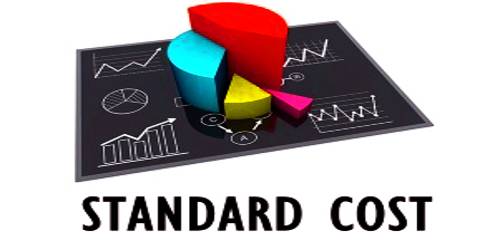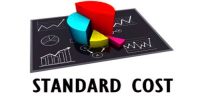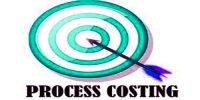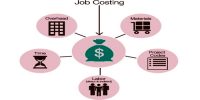Standard Costing System
Standard Costing system is an estimated or predetermined cost of performing an operation or producing a good or service, under normal conditions. They are generally related to a manufacturing company’s costs of direct material, direct labor, and manufacturing overhead.
Standard costs are used as target costs (or basis for comparison with the actual costs), and are developed from historical data analysis or from time and motion studies. It is the practice of substituting an expected cost for an actual cost in the accounting records. They almost always vary from actual costs, because every situation has its share of unpredictable factors. It involves the creation of estimated (i.e., standard) costs for some or all activities within a company. This system is universally accepted as an effective instrument for cost control in industries. Also called normal cost.
Here are some potential uses:
- Budgeting: A budget is always composed of standard costs since it would be unfeasible to include in it the accurate actual cost of an item on the day the budget is finalized.
- Overhead application: If it takes too long to aggregate actual costs into cost pools for allocation to inventory.
- Price formulation: If a company deals with custom products, then it uses standard costs to compile the projected cost of a customer’s requirements, after which it adds a margin.















